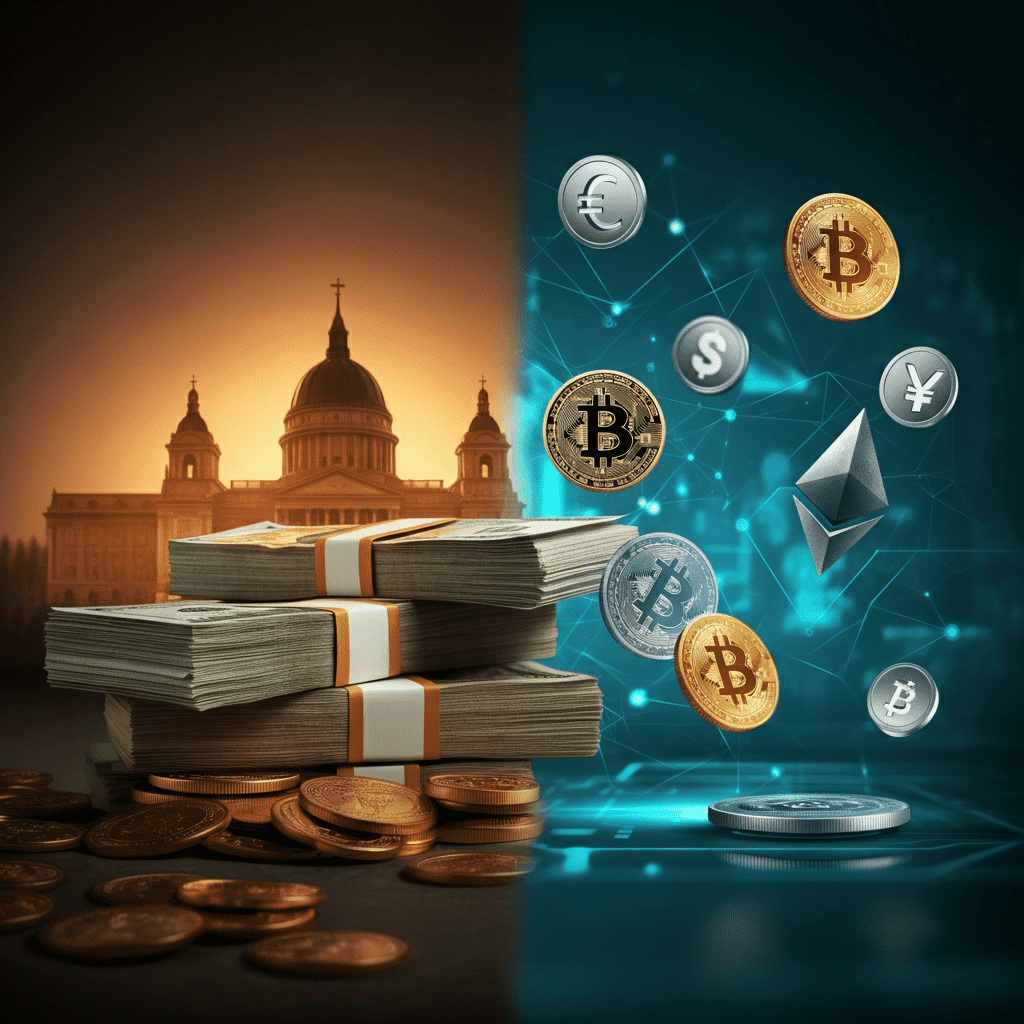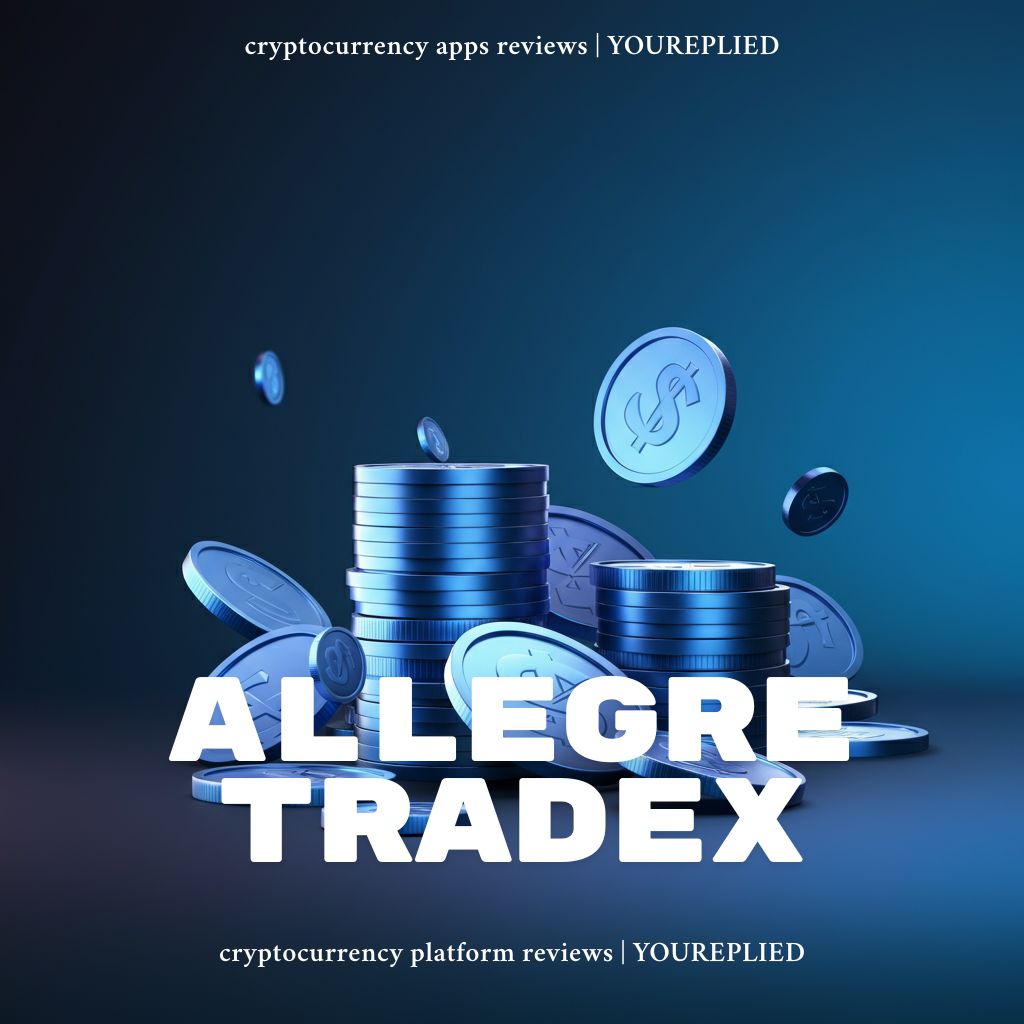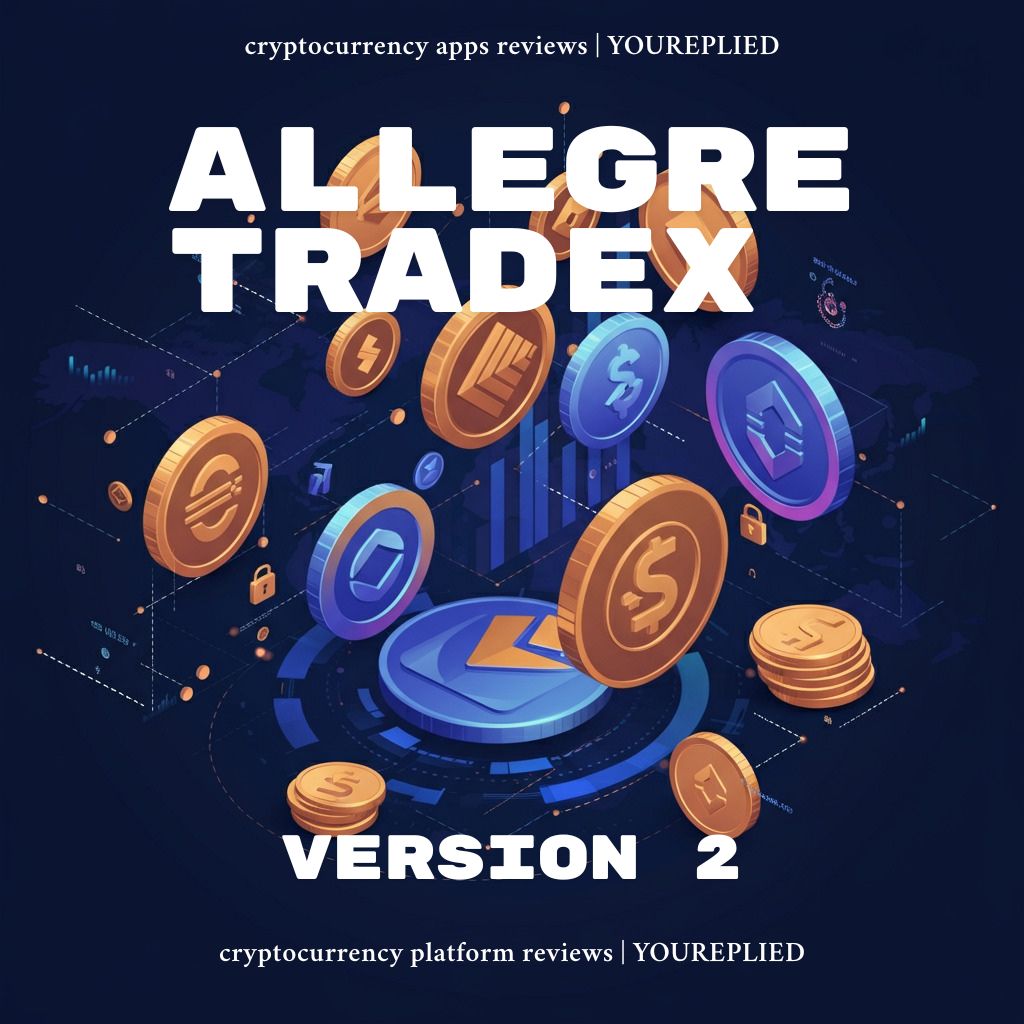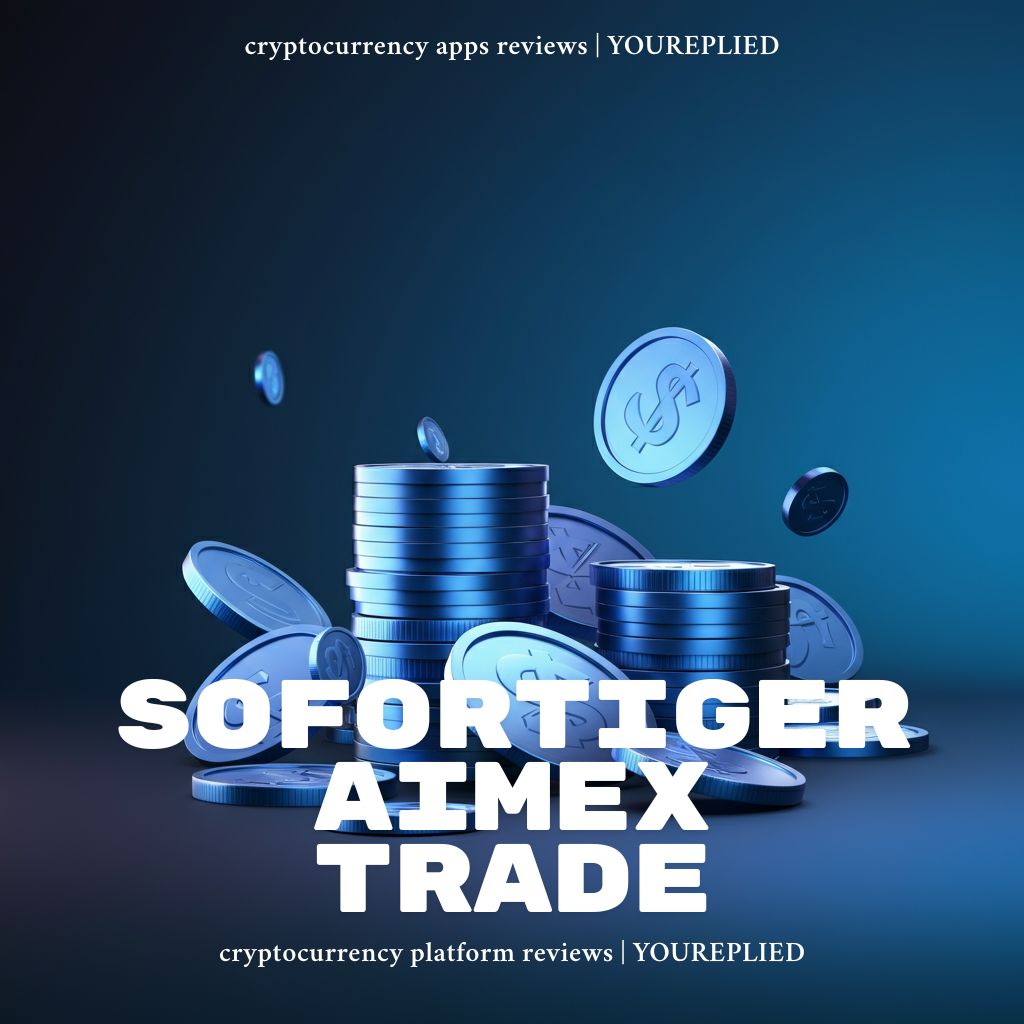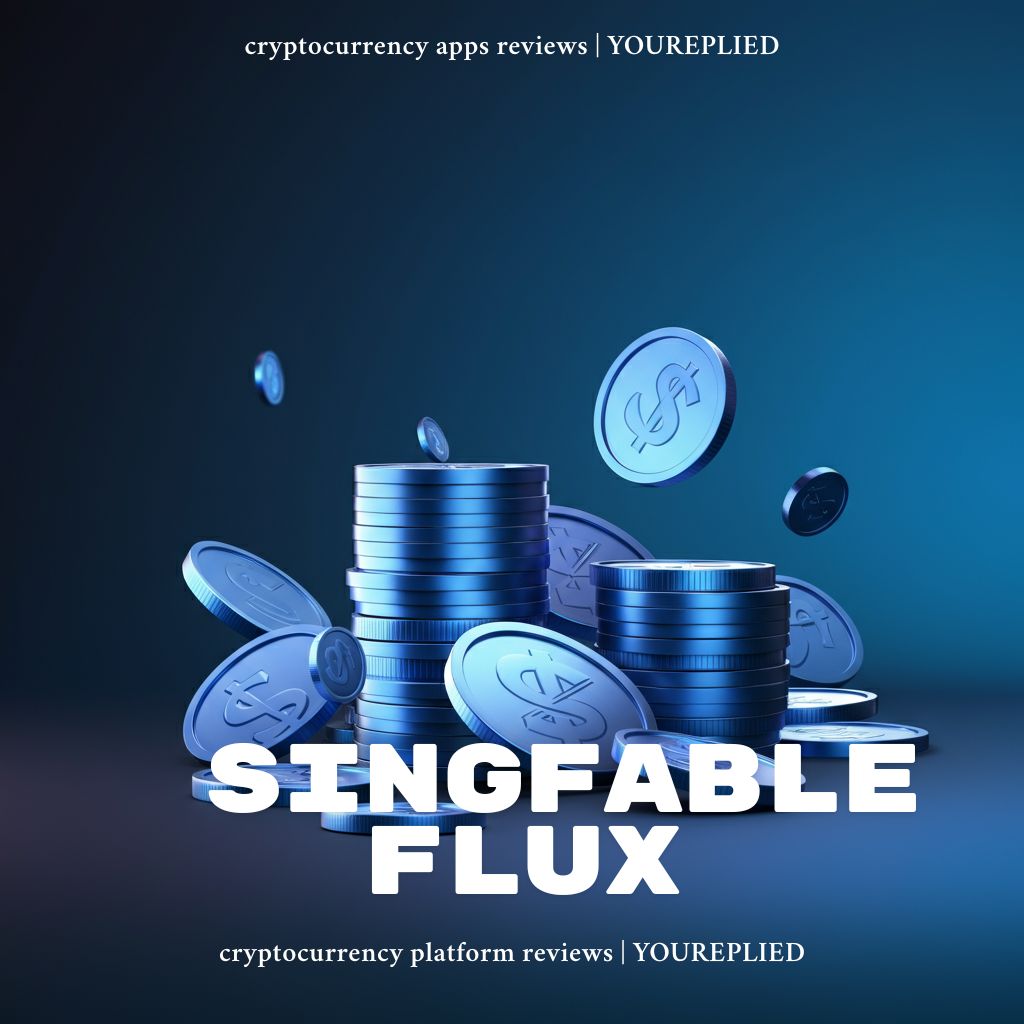Fiat currency is a type of money that has no intrinsic value and derives its worth entirely from the trust and confidence of the people who use it.
Unlike commodities like gold or silver, which have inherent value due to their physical properties, fiat money is issued and backed by a government.
The term “fiat” originates from Latin, meaning “let it be done,” signifying that the value of the currency is established by governmental decree.
Unlike commodity money, fiat currencies are not backed by physical reserves or assets. Instead, their value rests on the public’s trust in the issuing government and its ability to maintain economic stability. This trust is reinforced by the government’s assurances that the currency will serve as an effective medium of exchange for goods and services, as well as a reliable store of value.
The Functioning of Fiat Currency
Fiat currency operates based on the principles of supply and demand. Governments and central banks control its issuance and circulation in the economy, which gives them the ability to manage economic factors like inflation, deflation, and liquidity.
Central banks, such as the U.S. Federal Reserve or the European Central Bank, play a pivotal role in shaping monetary policy to regulate the economy by either increasing or decreasing the money supply.
Inflation—a rise in the general level of prices—can erode the purchasing power of fiat currency.
However, central banks have tools like interest rate adjustments and quantitative easing to manage such challenges. These policies allow governments to stabilize the economy and ensure the smooth functioning of markets and other economic systems.
Advantages of Fiat Currency
Fiat currency offers several key advantages:
- Economic Stability: Governments can use fiat money to exercise better control over the economy. For example, they can regulate the money supply to combat inflation or recession.
- Flexibility: Unlike commodity-based currencies, which are limited by the availability of physical resources, fiat currency is more versatile. Authorities can print additional money when needed, allowing them to address economic crises or public funding requirements.
- Convenience: Fiat money is lightweight and easy to carry, making it an efficient tool for daily transactions when compared to barter systems or commoditized currencies.
- Global Trade: Fiat currencies facilitate international trade by acting as a widely accepted medium of exchange. Many countries adopt foreign fiat currencies, such as the U.S. dollar, for cross-border trading.
- Elimination of Resource Dependency: By detaching the currency system from tangible assets like gold, fiat currency reduces dependency on finite natural resources.
Disadvantages of Fiat Currency
While fiat money comes with significant benefits, it also has its downsides:
- Inflationary Risk: Governments can easily overproduce fiat currencies, leading to hyperinflation. Famous historical examples include Zimbabwe in the late 2000s and Germany during the Weimar Republic.
- Dependency on Public Trust: Fiat currency relies entirely on trust in the issuing government and central banking system. If people lose this trust—as happens during political instability or economic crises—the currency can lose its value almost overnight.
- Lack of Intrinsic Value: Since fiat money isn’t backed by tangible commodities, its worth can plunge to zero if the issuing government fails or the economy collapses.
- Susceptibility to Mismanagement: Poor fiscal or monetary policies can lead to devaluation, hyperinflation, or economic instability.
A Historical Perspective on Fiat Currency
The concept of fiat currency is not new. It dates back to 11th century China during the Song Dynasty, where paper money was introduced as a form of legal tender to replace cumbersome metal coins. Later, fiat money gained popularity in Europe during the 17th and 18th centuries as governments began issuing paper currency to finance wars and expand their economies.
Perhaps the most significant moment for fiat currency came in 1971 when the United States, under President Richard Nixon, abandoned the gold standard. Before this, the value of the U.S. dollar was tied to gold reserves, and other global currencies pegged themselves to the dollar. When the U.S. unlinked its dollar from gold, it ushered in a new era of pure fiat money—an economic system that persists today.
Fiat Currency in the Modern Economy
Today, nearly every country in the world uses fiat currency as its primary form of money. The most widely recognized examples include the U.S. dollar, the euro, the Japanese yen, and the British pound. These currencies circulate broadly, facilitating trade, investment, and commerce on a global scale.
One of the defining features of modern fiat currencies is their role in monetary policy. Central banks use fiat money as a tool to influence the economy. For example, reducing interest rates or engaging in quantitative easing can stimulate growth during economic downturns, while increasing rates can curb inflation when economies overheat.
Technology has also revolutionized the way people use fiat money. The rise of digital payments, mobile banking, and online transactions has made fiat currency more accessible and efficient. Central banks are now exploring the idea of Central Bank Digital Currencies (CBDCs), which would digitize fiat currencies further and potentially reimagine how transactions are conducted worldwide.
Fiat vs. Cryptocurrencies
Fiat currency is often compared to cryptocurrencies, such as Bitcoin or Ethereum, which have emerged as popular digital alternatives. The critical difference lies in their backing and issuance. While fiat currency is issued and managed by governments, cryptocurrencies operate on decentralized networks using blockchain technology.
Cryptocurrencies are designed to be deflationary or immune to the inflationary pressures that fiat currencies face due to their limited supply. However, they lack the legal framework, regulatory oversight, and widespread acceptance that fiat currencies provide.
Many experts argue that while cryptocurrencies may complement fiat money, they are unlikely to replace it entirely given fiat’s established role in the global economy.
The Future of Fiat Currency
The ongoing evolution of financial systems and digital technologies is likely to shape the future of fiat currency. Central banks worldwide are studying how they can integrate digital advancements into traditional monetary systems to maintain their relevance and efficiency. The potential introduction of Central Bank Digital Currencies (CBDCs) represents an exciting frontier that could revolutionize the way fiat money is used while preserving the control governments currently enjoy.
While fiat currency has stood the test of time so far, it is not immune to challenges. Trust in governments and central banks will continue to be pivotal in maintaining the value of fiat money. Additionally, with growing concerns about hyperinflation, currency devaluation, and global economic uncertainties, policymakers will need to exercise caution and adopt innovative strategies to safeguard the stability of the monetary system.
Final Thoughts
Fiat currency is a fundamental pillar of the global financial system, playing an essential role in enabling economic activity, trade, and investment. Its reliance on trust rather than intrinsic value makes it a flexible and powerful tool for governments, but also one that requires careful management and regulation.
From its historical beginnings to its modern-day dominance, fiat currency reflects humanity’s evolving relationship with money and value. While it faces competition from emerging technologies like cryptocurrencies, its adaptability and established role in the global market ensure that fiat money remains a critical component of the modern economy. However, the future will demand innovative approaches to maintain its integrity and relevance in a rapidly changing world.
